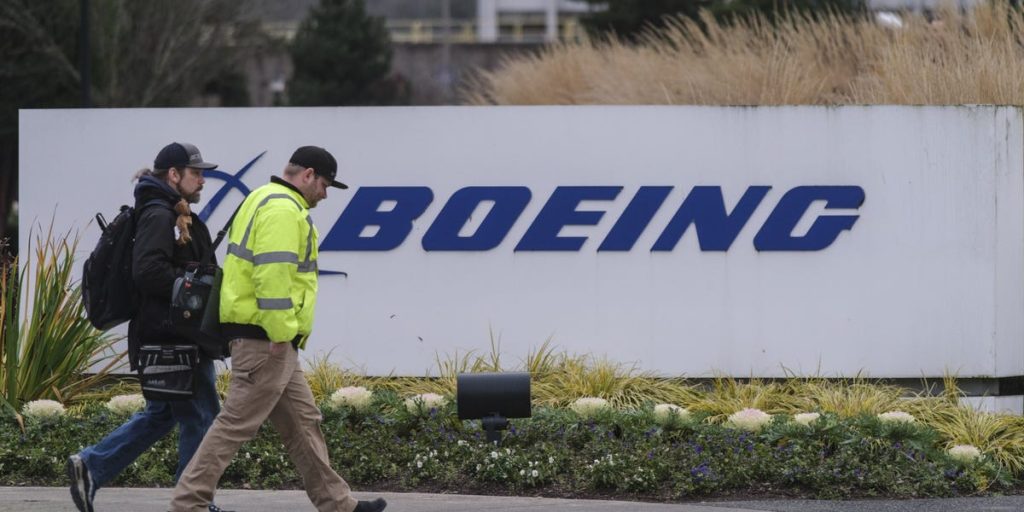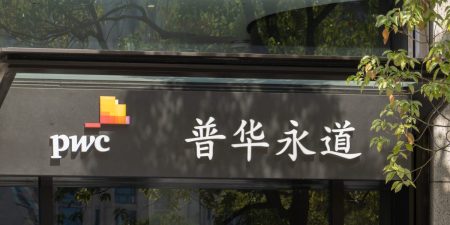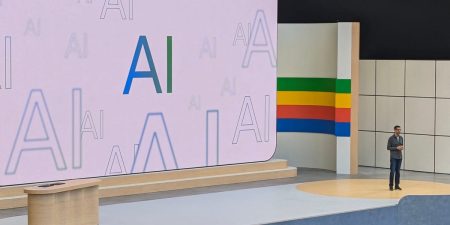The Ongoing Wave of Job Cuts in 2025
The world of employment continues to face significant challenges as job cuts persist into 2025, following a wave of reductions that began in previous years. Companies across various industries, including tech, finance, energy, and media, are trimming their workforces in an effort to navigate economic uncertainties and technological advancements. Major corporations such as Meta, Microsoft, BlackRock, BP, CNN, Dropbox, and IBM have announced layoffs, either as part of cost-cutting measures or to adapt to the growing impact of artificial intelligence (AI). This trend is not isolated to one sector; it is a widespread phenomenon affecting businesses of all sizes and types.
The reasons behind these layoffs vary, but a common theme is the increasing integration of AI and automation into business operations. According to a recent survey by the World Economic Forum (WEF), 41% of companies worldwide expect to reduce their workforces over the next five years due to the rise of AI. While this technological shift is driving job losses in certain sectors, it is also creating new opportunities in fields such as big data, fintech, and AI itself. The WEF predicts that tech jobs related to these sectors could double by 2030, highlighting the dual nature of technological progress.
The Role of Artificial Intelligence in Job Displacement
Artificial intelligence is playing a pivotal role in the current wave of job cuts. As businesses strive to remain competitive, they are increasingly turning to AI to streamline operations, reduce costs, and improve efficiency. This shift is particularly evident in industries where repetitive or mundane tasks can be easily automated. While this technological advancement holds the potential for innovation and growth, it also poses significant challenges for workers whose roles are being replaced by machines.
The impact of AI on employment is not limited to any single industry. From manufacturing to media, companies are leveraging AI to cut costs and enhance productivity. For instance, tech giants like Meta and Microsoft have announced layoffs in part due to their investments in AI technologies. Similarly, financial institutions such as BlackRock are using AI to optimize their operations, leading to a reduction in human workforce. The widespread adoption of AI is reshaping the job market, leaving many workers uncertain about their future.
Industry-Specific Layoff Trends in 2025
The layoffs in 2025 are not confined to any one industry; they are a reflection of broader economic and technological trends. The tech sector, which has historically been a driver of job growth, is among the hardest hit. Companies like Meta, Microsoft, and IBM have announced significant reductions in their workforces, citing the need to adapt to changing market conditions and invest in AI initiatives. These layoffs are part of a larger strategy to remain competitive in an increasingly automated world.
Outside the tech sector, industries such as energy, finance, and media are also experiencing workforce reductions. BP, for example, has announced layoffs as it seeks to streamline its operations and transition to more sustainable energy sources. In the financial sector, companies like BlackRock are using AI to manage investments and reduce human intervention, leading to job cuts. Meanwhile, media organizations such as CNN are reducing their staff as they adapt to shifting consumer preferences and the rise of digital content.
The Human Side of Layoffs: Impact on Workers
While the layoff announcements are often framed in terms of business strategy and economic necessity, the human impact of these decisions cannot be overlooked. For millions of workers, losing a job can be a devastating blow, leading to financial instability, emotional stress, and a loss of identity. The uncertainty surrounding the future of work only exacerbates these challenges, as many workers wonder if they will be able to find new employment in a rapidly changing job market.
The psychological and emotional toll of layoffs is often underestimated. Workers who have dedicated years of their lives to a company may feel a sense of betrayal or loss when they are let go, particularly if they were not provided with adequate support or resources to transition to new roles. The impact is not limited to the individual; it also affects families and communities, leading to a broader societal challenge. As companies continue to streamline their operations, it is crucial that they consider the human cost of their decisions and work to provide support to affected workers.
Preparing for the Future of Work
While the current wave of layoffs may seem daunting, it also presents an opportunity for workers to adapt and evolve in a rapidly changing job market. The rise of AI and automation is creating new demand for skills in areas such as data analysis, digital marketing, and cybersecurity. Workers who are willing to invest in retraining and upskilling can position themselves to take advantage of these emerging opportunities.
For businesses, the key to success in the coming years will be finding a balance between leveraging technology and maintaining a human workforce. While AI and automation can drive efficiency and innovation, they cannot fully replace the creativity, empathy, and critical thinking that human workers bring to the table. Companies that are able to integrate technology in a way that complements their human workforce will be better positioned to thrive in the future.
Conclusion: Navigating the Changing Employment Landscape
The job cuts of 2025 are a stark reminder of the challenges and uncertainties facing the global economy. As companies continue to grapple with technological change and economic pressures, workers must be prepared to adapt and evolve. While the rise of AI and automation presents significant challenges, it also offers opportunities for growth and innovation.
For businesses, the path forward will require a careful balance between investing in technology and valuing the contributions of human workers. For workers, the key to success will be embracing lifelong learning and staying adaptable in a rapidly changing job market. As we look to the future, it is essential that we approach these challenges with a sense of resilience and determination, working together to create a more equitable and sustainable employment landscape for all.












